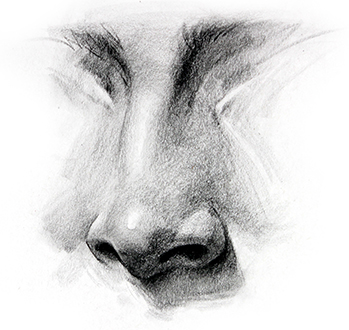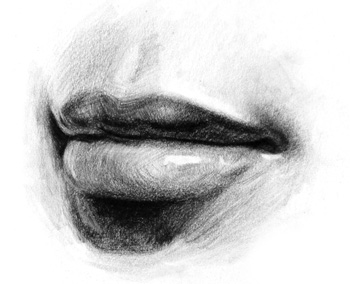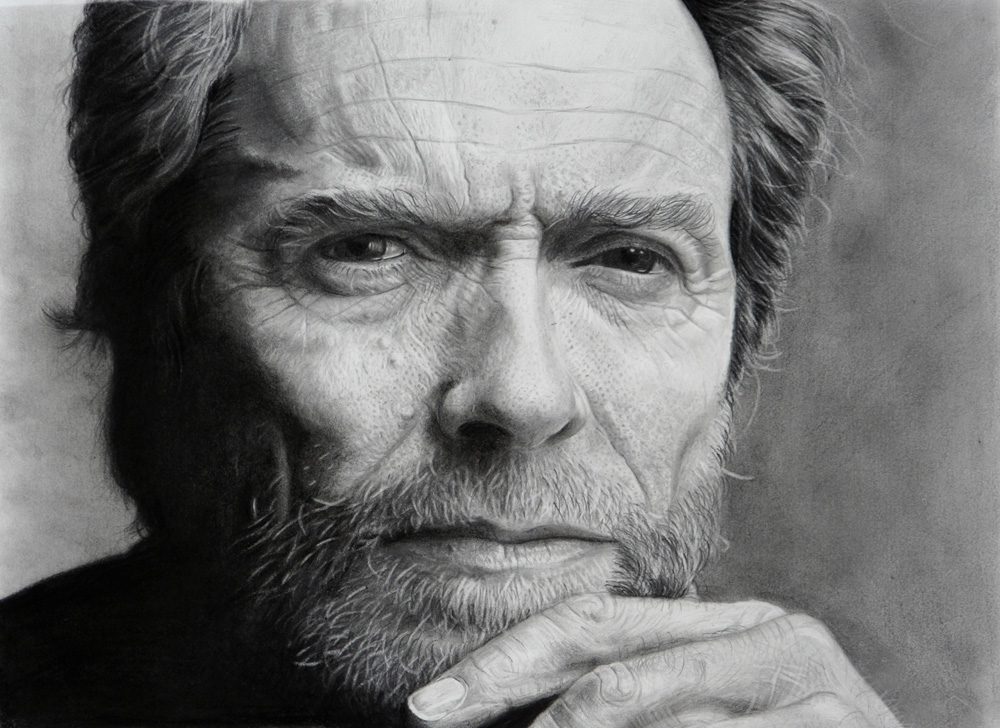1. James Endsor – Masks Confronting Death 1880
Oil on Canvas (32 x 39 1/2)
A group of masked figures confronts the figure of Death, centrally situated and draped in whitea color that infiltrates the entire picture. Composed of masks adorned with drapery, hats, and even blue glasses, the arrangement of figures recalls Ensor’s earlier still-life compositions. The ubiquitous masks in Ensor’s work were likely based on those sold in his family’s curiosity shop a few floors below his studio. He explained, “The mask means to me: freshness of color, sumptuous decoration, wild unexpected gestures, very shrill expressions, exquisite turbulence.” In this painting, the fantastical masked inventions appear to come alive and challenge Death—perhaps a reflection of the artist’s preoccupation with mortality and his hope that he might prevail against its inevitable dominion.
2. Dance (i) – Henri Mattise , early 1909
Paris, Boulevard des Invalides
Oil on Canvas
8′ 6 1/2″ x 12′ 9 1/2″

In March 1909, Matisse received a commission from the Russian merchant Sergei Shchukin for two large decorative panels, Dance and Music (now in the Hermitage Museum, St. Petersburg). This painting was made quickly as a compositional study for Dance, which was intended to hang on the landing of a staircase, approached from the lower right. This may be why the lower figure leans into the painting, increasing the sense of movement, and why the figure at left is so large, slowing it. Drawing visible beneath the paint shows that Matisse started with two smaller figures where the large figure is now.
3. Hope, ii – Gustav Klimt (1907-08)
Oil, gold, and platinum on canvas
43 1/2 x 43 1/2″

Although images of women and children are frequent in the history of art, depictions of pregnancy are rare. In Hope, II a woman with a skull nestled into her gown lowers her head toward her swelling belly. Below, three women also bow their heads—in prayer or possibly mourning. The ornate decoration in Hope, II nearly overwhelms its surface. Klimt was committed to craftwork, and was among the many artists of his time who combined archaic traditions—here Byzantine gold leaf painting—with a modern psychological subject. Klimt lived and worked in turn-of-the-century Vienna, home to Sigmund Freud, the father of psychoanalysis; Klimt’s exploration of formative drives like sex and death parallel Freud’s explorations of the psyche.


















